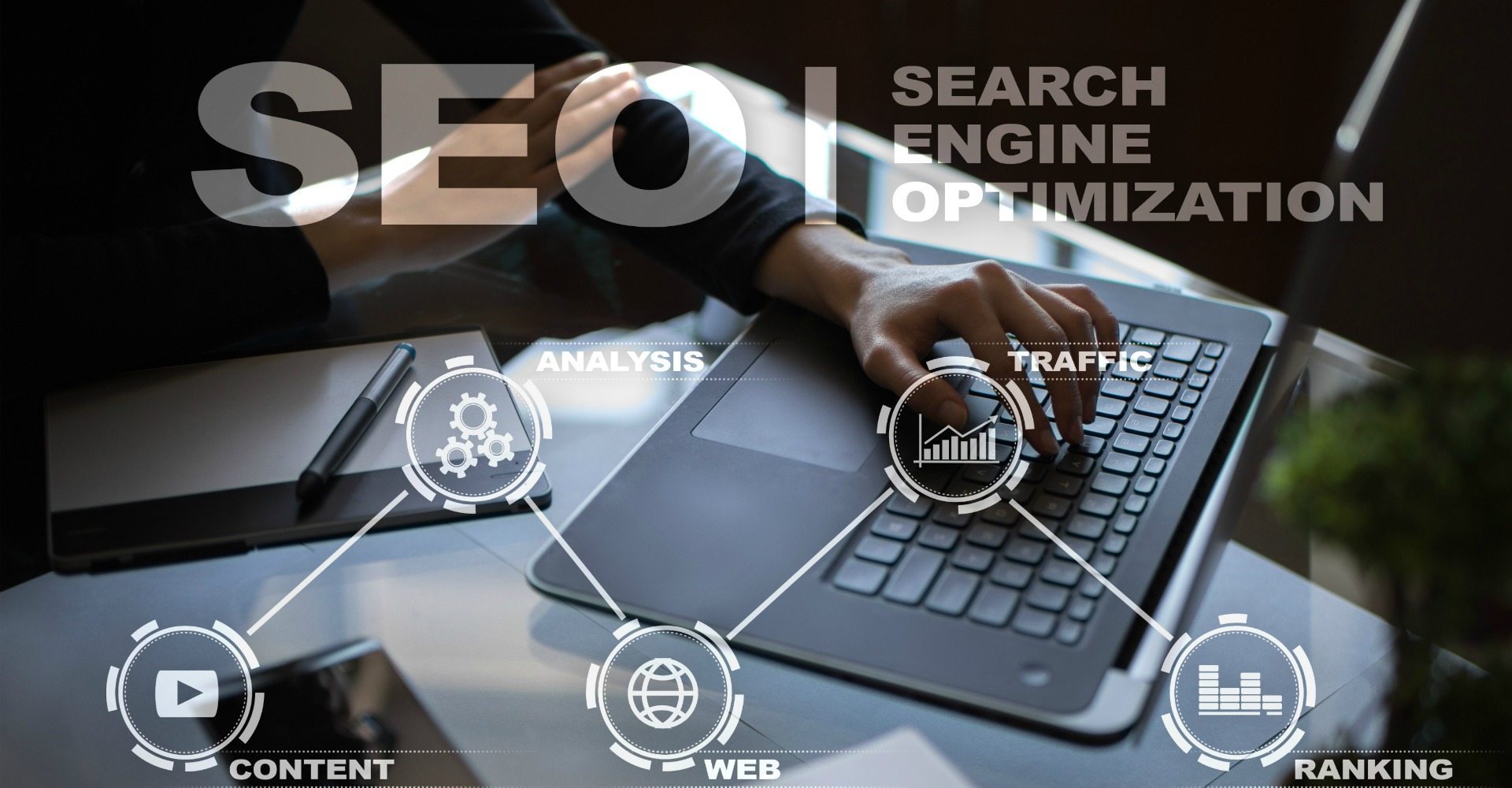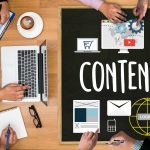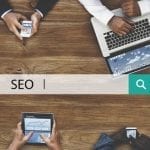Lifecycle marketing is a framework specifically built for small to medium-sized businesses that allow you to attract leads, boost sales, and delight customers. Lifecycle marketing is aimed at increasing sales and growth and helping your business continually build up your sales and marketing activities. Here we look at what lifestyle marketing is, and some of the best practices you can use to make it work for you.
What Is Lifecycle Marketing?
Lifecycle marketing is a managed strategy that small businesses can use to engage, convert and retain customers. Lifecycle marketing as a process that defines and directs how you will engage with customers and take them on their path-to-purchase during their ‘lifecycle’ with you as a company. The ultimate aim of lifecycle marketing is to address your customers’ needs and expectations over time, so your strategy can shift and evolve in line with how they are engaging with your business.
The Phases of Lifecycle Marketing
Lifecycle marketing is usually broken down into simple steps, that allows you to attract and engage new customers as well as make the most of existing clients too.
Attract
The first stage of the lifecycle is attracting new leads to your business, and re-attracting existing customers. In this phase, your clients are in the Awareness stage of the buyer’s journey.
Buyer’s Journey: Awareness stage – Your clients are experiencing an issue they have just become aware of, and are now looking for the most efficient and productive way to solve their problem.
As your client’s research potential solutions to their problems, you and your company are there to provide useful information and guidance, which allows the client to make the first contact and engage with your business. Marketing at this phase should be aimed at getting the attention of the new or existing clients you’re targeting. Define your ideal buyer persona, and pinpoint solutions you provide that draw them to your business.
Attract: Best Practices
The best practices in the Attract phase include optimizing your inbound marketing strategy to answer the questions your ideal client has and draw them to your business. This involves creating informative and engaging content such as website, blog, social media, eBooks and other resources your customers can use to answer their questions. Use a customized web form to collect contact information that will allow you to continue to interact with potential customers.
Nurture
In the nurturing phase, you take the contacts and leads you have and help them clarify their issue and how you can help. Here your leads are in the Consideration stage.
Buyer’s Journey: Consideration stage – the client has already researched some of the options to address their problem, and is better able to define their issue.
In the consideration stage, the client wants to explore the various options available, to allow them to find the best fit for their needs.
Nurture: Best Practices
The client in the consideration stage wants to dig deeper, now is when you provide detailed and informative content. Clients may want to sign up to a blog or newsletter, or download a free eBook, and creating these quality resources is essential. Provide resources that compare and contrast your products to help clients make the right decision.
Convert
At this stage, you want to take your leads from ‘just interested’ to ‘ready to buy.’ It’s essential at this point to educate customers, so they know what you’re offering, to make the offer to the lead, and to close the deal and convert the lead to a customer. In this phase, your clients are at the Decision stage.

Convert: Best Practices
The best way to educate customers is to create a custom campaign of follow up messages with valuable information that your customer can use to make a decision. A ‘multi-touch’ email campaign can deliver the information your customer needs before they even ask for it, and gently nurture them through each stage of the lifecycle. By using demographic and behavioral analysis, you can better understand your customer’s buying process; you can reach them at the best possible moments to make the offers they need. When closing, go beyond just exchanging money for products or services, and really communicate with clients to impress and retain them.
Delight
At the most mature stage in the lifecycle, your clients already know your business and your product and become repeat customers and advocates of your business.
Delight: Best Practices
In the ‘Delight’ phase, you deliver your service or product, and your customers are appreciative of the additional value you provide at the time of service. With long-term engagement and communication, you can re-engage with existing customers and make repeat sales and recurring revenue. Your happy customers become advocates for your business and create referrals that bring more quality leads to your business.
Understanding lifecycle marketing and the best practices to engage with customers at each phase allows you to successfully nurture leads and create ongoing revenue for both new and existing customers. Talk to Leads Ngin today about transforming your marketing strategy by incorporating lifecycle marketing to engage better, convert and delight your potential clients.






![What is Email Automation and Why is it Important? [FAQ] What is Email Automation and Why is it Important](https://www.blog.leadsngin.com/wp-content/uploads/2017/12/What-is-Email-Automation-and-Why-is-it-Important-150x150.jpg)
![What Exactly Does Hubspot Do? [FAQ] What exactly does Hubspot do?](https://www.blog.leadsngin.com/wp-content/uploads/2017/12/What-Exactly-Does-Hubspot-Do-150x150.jpg)


